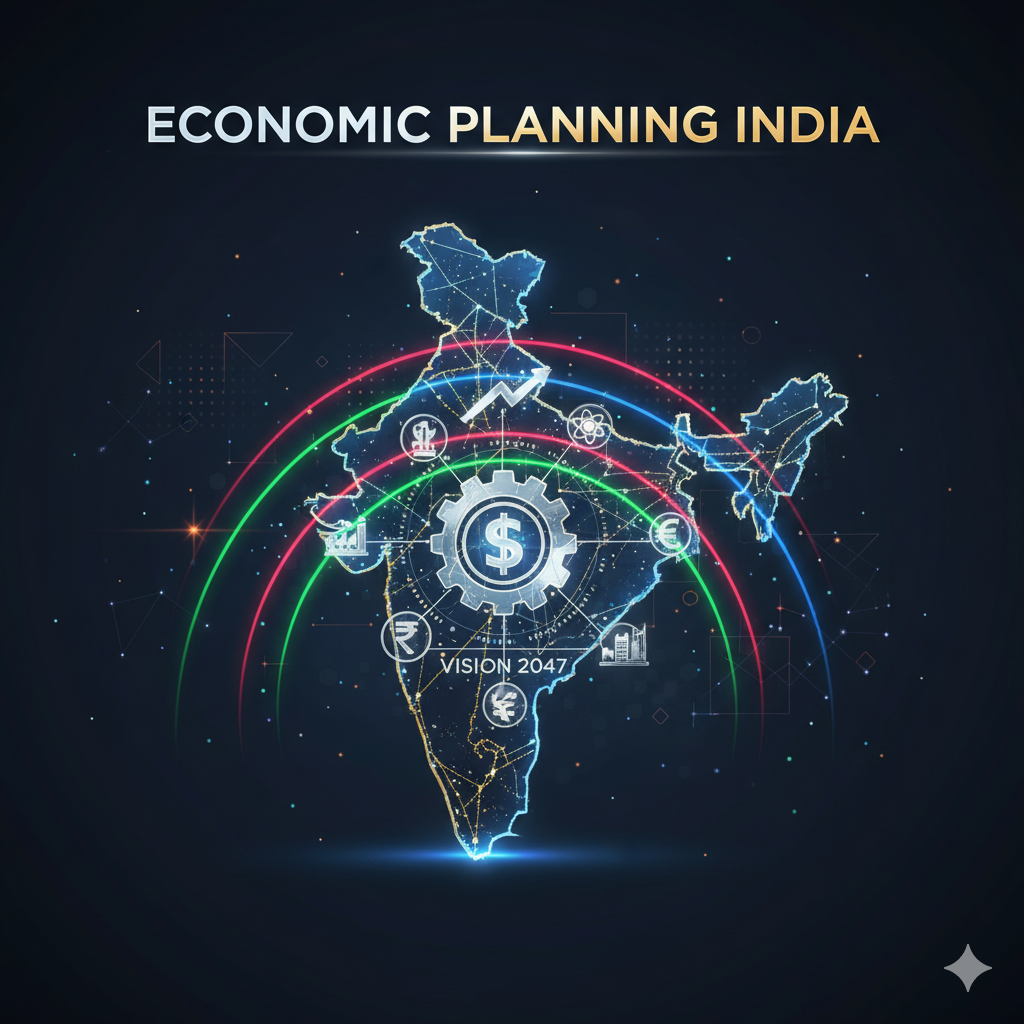Infrastructure is the backbone of any economy. It encompasses the physical structures and facilities necessary for the efficient functioning of a society, such as transportation, energy, water supply, sanitation, telecommunications, and social infrastructure like schools and hospitals. The role of infrastructure in economic development is multifaceted and vital. It facilitates production, improves efficiency, and fosters economic growth by providing essential services to individuals, businesses, and the government.
This essay delves into the importance of infrastructure in economic development, the key sectors it impacts, and how it contributes to long-term prosperity.
Importance of Infrastructure in Economic Development
1. Foundation for Economic Activities
Infrastructure is the foundation on which economic activities are built. Efficient transportation systems allow goods and services to move seamlessly, reducing costs and enhancing productivity. Similarly, reliable energy supply is crucial for industries to operate without interruptions. These elements contribute to the smooth functioning of markets and industries.
2. Attracting Investments
Well-developed infrastructure attracts both domestic and foreign investments. Investors prefer countries with reliable infrastructure because it reduces operational risks and increases the ease of doing business. For example, good roads, ports, and communication networks encourage multinational companies to set up operations, thereby boosting employment and income.
3. Enhancing Productivity
Infrastructure facilitates the flow of goods, services, and information, thereby improving productivity. For instance:
- Transportation: Efficient road, rail, and port systems reduce transit times and costs for goods.
- Energy: Stable power supply ensures uninterrupted production.
- Telecommunication: Advanced communication networks enable businesses to connect globally, access markets, and improve customer service.
Key Sectors Impacted by Infrastructure
1. Transportation
A robust transportation system is essential for economic development. Roads, railways, airports, and seaports connect regions and enable the movement of people and goods.
- Urban Development: Improved urban transportation reduces congestion, saves time, and increases productivity.
- Rural Connectivity: Rural roads link agricultural producers to markets, promoting rural development and reducing poverty.
2. Energy
Energy infrastructure, including power plants, transmission lines, and renewable energy sources, is vital for industries, businesses, and households.
- Industrial Growth: Reliable electricity encourages industrialization and boosts manufacturing.
- Renewable Energy: Investments in solar, wind, and hydropower contribute to sustainable development while reducing dependence on fossil fuels.
3. Water Supply and Sanitation
Access to clean water and sanitation is crucial for health and productivity. Poor water infrastructure leads to waterborne diseases, affecting the workforce and economic output.
- Agriculture: Irrigation systems enhance agricultural productivity and ensure food security.
- Public Health: Clean water reduces healthcare costs and improves the quality of life.
4. Social Infrastructure
Education, healthcare, and housing infrastructure directly impact human capital development.
- Education: Schools and colleges prepare a skilled workforce, which drives innovation and growth.
- Healthcare: Hospitals and clinics ensure a healthy population, reducing absenteeism and increasing productivity.
Role of Infrastructure in Economic Growth
1. Boosting GDP
Infrastructure investment leads to an increase in GDP by enhancing productivity and efficiency across sectors. For instance, constructing highways and ports reduces logistics costs, boosting trade and commerce.
2. Creating Employment
Large infrastructure projects create significant employment opportunities, both during construction and after completion. These jobs contribute to household incomes and stimulate demand for goods and services.
3. Promoting Regional Development
Infrastructure reduces regional disparities by connecting underdeveloped areas to urban centers. This integration facilitates the movement of labor, capital, and goods, fostering inclusive growth.
4. Supporting Technological Advancements
Modern infrastructure promotes the adoption of technology. For example, high-speed internet enables businesses to adopt e-commerce and digital solutions, increasing competitiveness.
5. Facilitating Trade and Global Integration
Ports, airports, and communication networks play a critical role in international trade. They reduce transaction costs, improve supply chains, and integrate the domestic economy into global markets.
Challenges in Developing Infrastructure
Despite its importance, infrastructure development faces several challenges:
1. Funding Constraints
Infrastructure projects require substantial investments, often beyond the capacity of governments alone. Private sector participation and innovative financing models like public-private partnerships (PPPs) are crucial.
2. Policy and Regulatory Issues
Inconsistent policies, bureaucratic delays, and lack of transparency hinder infrastructure projects. Streamlined regulations and effective governance are needed.
3. Technological Gaps
Many developing countries lack access to modern technologies necessary for advanced infrastructure development. Bridging this gap is essential for sustainable growth.
4. Environmental Concerns
Infrastructure projects often lead to deforestation, pollution, and displacement of communities. Balancing development with environmental protection is a significant challenge.
5. Maintenance and Sustainability
While building new infrastructure is critical, maintaining existing systems is equally important. Poor maintenance leads to inefficiencies and increased costs over time.
Global Examples of Infrastructure-Driven Growth
1. China
China’s rapid economic growth is largely attributed to its massive infrastructure investments. Projects like the Belt and Road Initiative (BRI) and high-speed rail networks have transformed trade and connectivity.
2. United States
The development of interstate highways in the 20th century significantly boosted commerce and regional development. The U.S. continues to invest heavily in modernizing infrastructure.
3. India
India’s focus on infrastructure development, such as the Smart Cities Mission, Bharatmala (highways), and Sagarmala (ports), aims to enhance connectivity and foster economic growth. However, challenges like funding and execution remain.
Sustainable Infrastructure for the Future
In the face of climate change and resource scarcity, sustainable infrastructure is the way forward. Key strategies include:
- Renewable Energy: Transitioning to clean energy sources reduces carbon emissions.
- Smart Cities: Incorporating technology in urban planning for efficient resource use.
- Green Infrastructure: Building eco-friendly systems that protect natural ecosystems.
Governments and businesses must prioritize sustainability to ensure long-term benefits and resilience.
Conclusion
Infrastructure is a critical driver of economic development, fostering growth, reducing poverty, and enhancing the quality of life. It plays a central role in shaping the economy by improving productivity, attracting investments, and promoting regional balance. However, addressing challenges like funding, maintenance, and environmental concerns is essential to unlocking its full potential.
By investing in sustainable and inclusive infrastructure, nations can pave the way for a prosperous future. As history shows, countries with robust infrastructure are better positioned to compete globally, adapt to changing needs, and ensure the well-being of their citizens.




